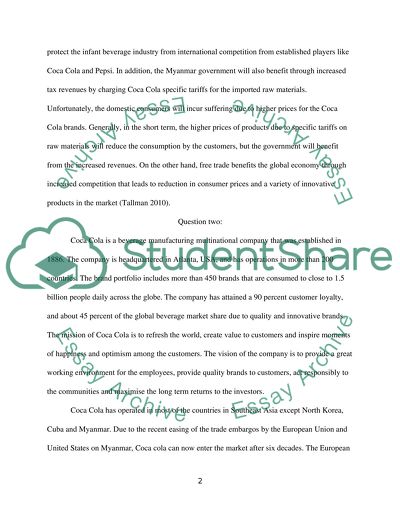Cite this document
(International Marketing Strategy and Theory Case Study, n.d.)
International Marketing Strategy and Theory Case Study. Retrieved from https://studentshare.org/marketing/1468221-international-businessccoca-colad
International Marketing Strategy and Theory Case Study. Retrieved from https://studentshare.org/marketing/1468221-international-businessccoca-colad
(International Marketing Strategy and Theory Case Study)
International Marketing Strategy and Theory Case Study. https://studentshare.org/marketing/1468221-international-businessccoca-colad.
International Marketing Strategy and Theory Case Study. https://studentshare.org/marketing/1468221-international-businessccoca-colad.
“International Marketing Strategy and Theory Case Study”, n.d. https://studentshare.org/marketing/1468221-international-businessccoca-colad.


